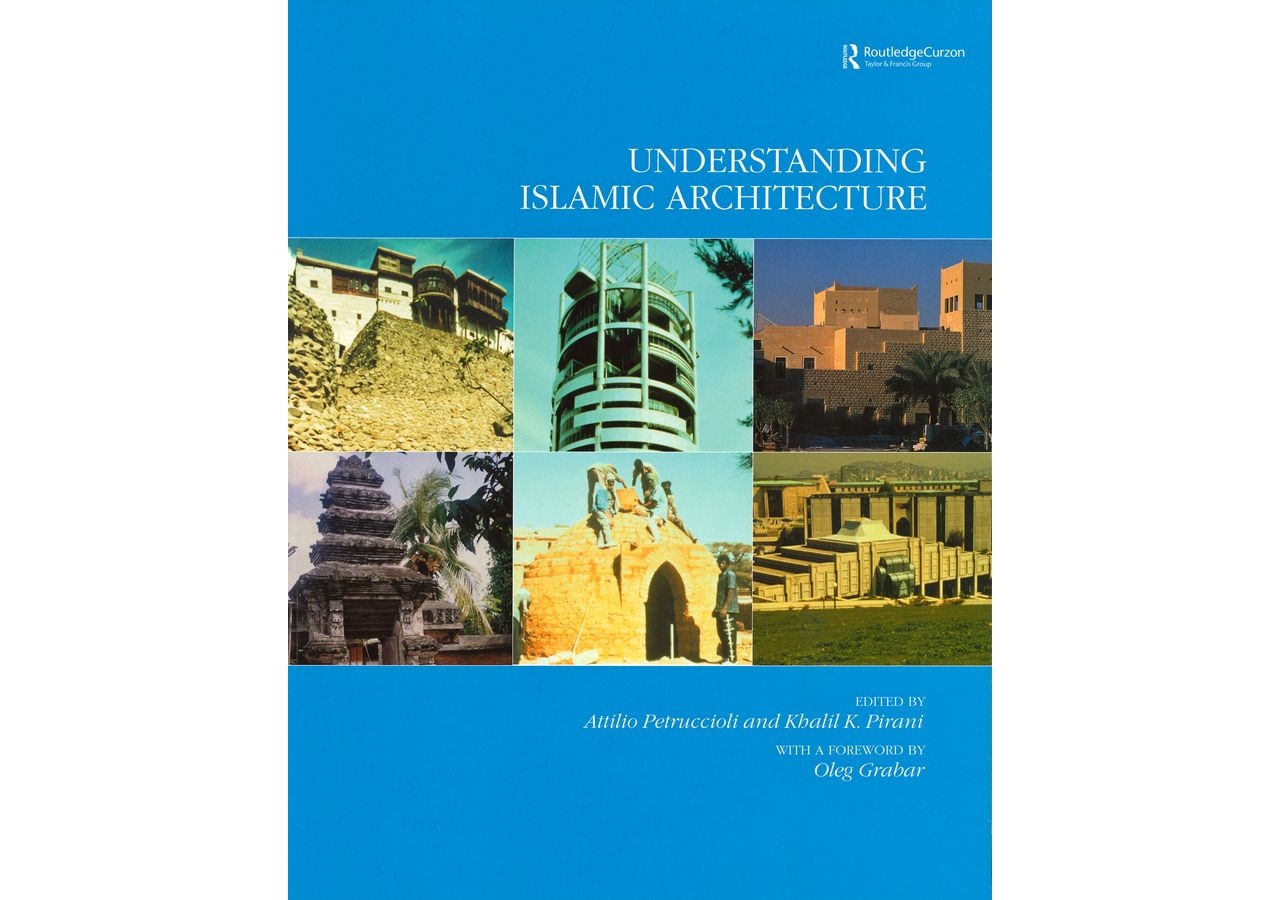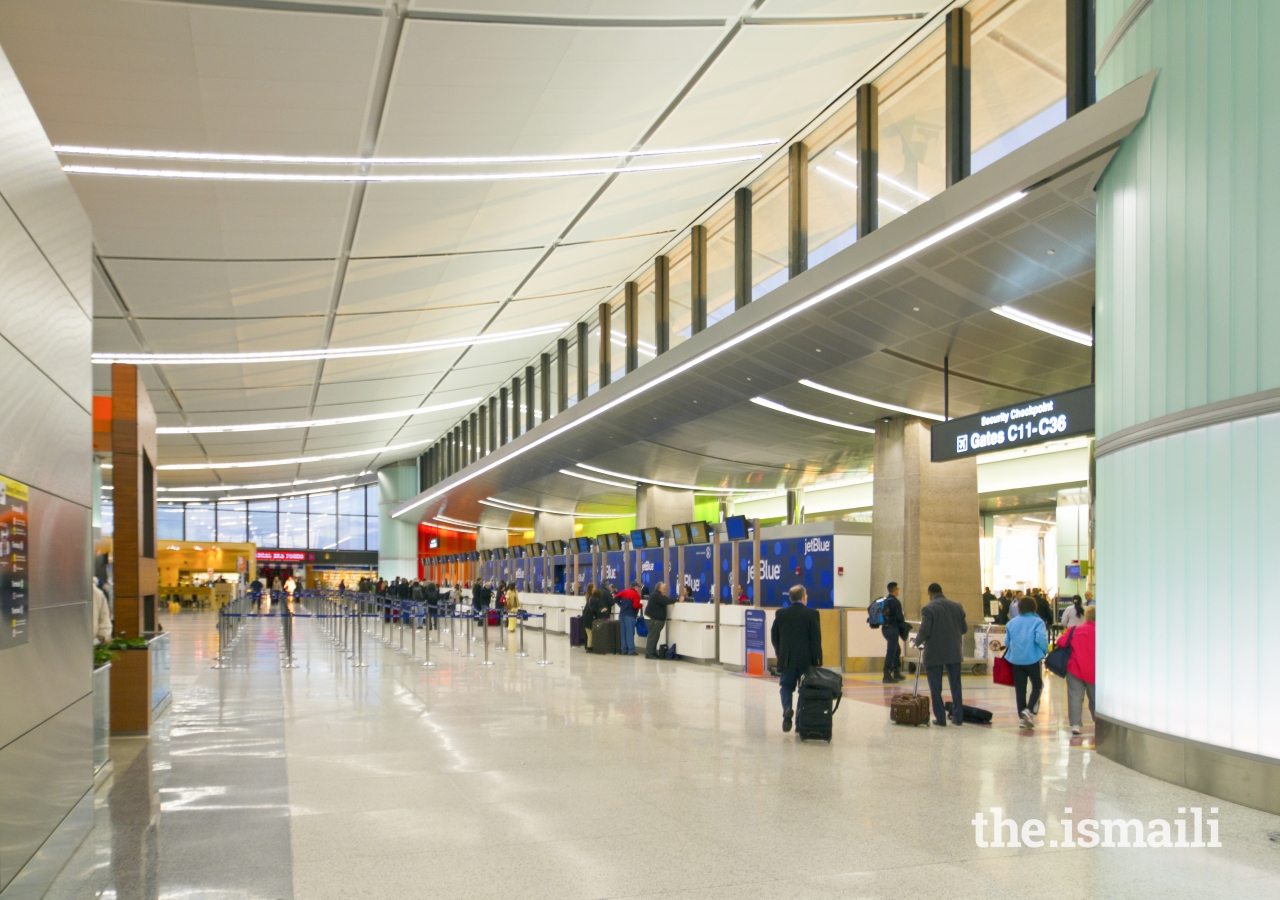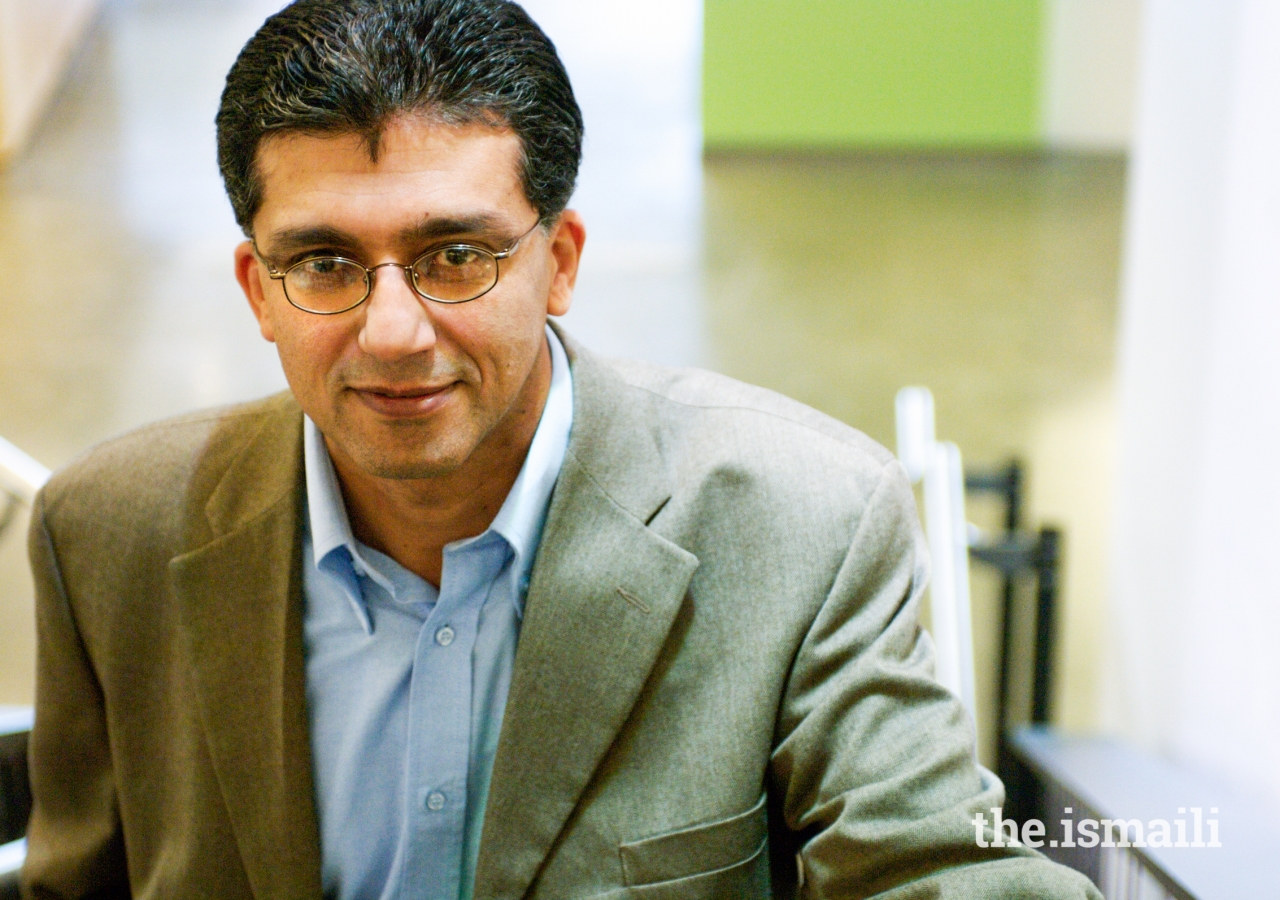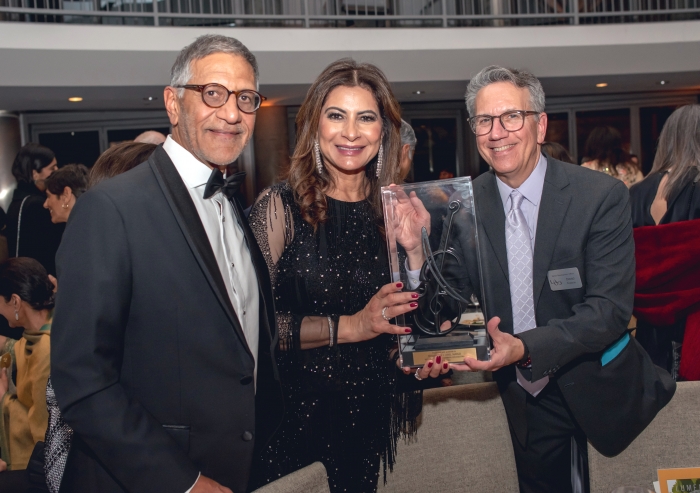Upon graduating in 1989, Khalil went on to practice, study, speak and publish on concepts of faith and architecture. His career quickly filled with diverse projects. Early projects included the design of exhibits at the Franklin Park Zoo in Boston, MA and academic buildings across New England. He then moved to other firms working as a senior architect designing entire school buildings, music halls, and other spaces for students and communities to gather.
Khalil’s work expanded to managing design teams on civic projects such as designing parts of Boston Logan International Airport and a water purification plant. He also worked on teams expanding the John F. Kennedy Presidential Library and Museum and projects with the Massachusetts State House.
Working with a design team
When it comes to describing the architecture process, Khalil likens the work of design teams to cooking. Like in a recipe, architecture has some rules and guidelines. But like a recipe, there is also flexibility to play. Similar to a gourmet cooking endeavor, “you start with the concept of what you are trying to do,” Khalil explains. A design project also begins with a big idea or concept. First, the design team asks: What is this building for?
Thereafter, the team considers all the environmental factors such as audience and climate. These answers decide fundamentals for the building such as which way the building is oriented, how much light should come into the building, or how the wind should flow through. “If it’s a hot climate, for example,” Khalil reiterates, “we want less sun. If it’s the cold
Northeast, more sun is best.”
From nailing down the big idea, the design team moves to schematic designs. The team then gets to two or three options for a client to see layouts. “My role in the last 15-20 years is putting a building together,” says Khalil. He assembles the various teams, such as the engineers needed to create the skin and bones of a building. “A building has to breathe so air is coming in and out.” As such, he coordinates the technicians, materials, heating and cooling, and so on, so that a building can support all its functions and audiences. In architecture, you have requirements and building codes, “but as in cooking, you are tasting and smelling along the way” to make decisions that enhance the experience.
Realizing Islamic architecture
Throughout his career, Khalil remained connected to academic work and theory. In the 1990s, he was a Visiting Scholar at the Aga Khan Program for Islamic Architecture at MIT, for two years.
There are various schools of thought about Islamic architecture. Some say that there is no such thing as “Islamic Architecture.” If this were so, then there should be a “Christian Architecture” and a “Jewish Architecture” as well. The Aga Khan Award for Architecture seminars have refrained from discussing the concept of “Islamic Architecture,” as it cannot be readily defined. Adding a dome, a minaret, arabesque tiles or calligraphy to a mosque may be in the spirit of the Islamic tradition, says Khalil, “but the absence of these symbols in a mosque design does not make it ‘un-Islamic’” a modern skyscraper or school may have nothing overtly observable to do with the faith of Islam and not referenced as Islamic architecture but certain elements within it or their utility or impact may be in keeping with the Islamic ethos.”
In order to answer the question, “What is Islamic Architecture?” Khalil went back to the fundamental question, “What is Islam?” More recently, his question became more profound and evolved to: “What does it mean to live in the spirit of Islam?” He says: “Regardless, how and what we call it, there are certainly guidance/pointers/messages in Islam about how we should treat the physical environment on earth, about diversity, looking after the less fortunate, etc.The beauty of Islam is that it is very welcoming to various thoughts and interpretations.”
Khalil continues, “Why should architecture be any different than living in the spirit of Islam? To build in the spirit of Islam is to know what Islam says about the environment, about society, about caring for the poor. And we, Ismailis, have a specific perspective.” Be it a classroom, an office building, or a personal residence, to Khalil, building in the spirit of Islam defines Islamic Architecture.
For Khalil, this means Islamic architecture fulfills how Islam asks us to live in everyday life. Buildings and spaces that are calming and meditative, that fit elegantly into their contexts, and projects that give opportunities such as employment to people bricklaying or baking bread -- these are all Islamic.
“Building in the spirit of Islam goes beyond a specific culture or time period, dome or motif. It is buildings that connect the dīn with the duniya. That may be an apt definition of Islamic Architecture,” Khalil suggests, even though he recognizes that many buildings and monuments built by Muslims over the centuries and considered as part of the rich legacy of Islamic Architecture, may not display these elements.
“A building should be contextual and work with its neighbors.” By that definition, any civic project, anywhere in the world, that takes into account the context and the quality of life of its inhabitants is Islamic.
Impact of Aga Khan Award for Architecture (AKAA) on Architects in the West and in the Muslim World
There is no question that the Award has had an impact on architects, planners, clients and decision makers - more so in the Muslim societies than in the West. It has showed the path on how to look beyond the bricks and mortar of a building into issues that are not readily visible to designers. It is now almost over a generation that the Award has been established and Khalil believes it is followed by conscious architects - both in East and West - who do quality design work. “In the West,” he says, “it is known among the select designers who do international work, those who are familiar with the name, Aga Khan, and who take an interest in what's happening in the design industry around the world. Regardless of geographical constraints, the message and the teachings of the Award are universal in nature and apply to architecture and built environments in all societies and all ages.”
The AKAA has also had a deep influence on him personally and how he practices in Boston, says Khalil. “The teachings from the Award discussions and technical review committees have raised issues that an ordinary academic architecture book will not talk about. And these learnings have become part of my inherent design thinking; obviously it varies from project to project and has added to the ‘fun’ of being an architect.” He adds that the design industry all over the world is “fortunate for the initiation of the Award. It has given a new, deeper and conscientious perspective to what built environment can be and should be for all humans on earth and what our collective responsibility is towards the environment and the future generations to come.”
The Central theme of his chapter in the book, Understanding Islamic Architecture, says Khalil, is to “share the Shia perspective and interpretation of Islam that the faith has no separation between Dīn and Dunya; and that it has teachings for all aspects of material life, including the physical built environment we live in on this earth.”
Architecture and quality of life
Given such thoughtful experiences and explanations of Islamic architecture, it follows that Khalil has been a project nominator for AKAA since 2018. The Award has the explicit mission of identifying and encouraging building concepts that successfully address the needs and aspirations of societies across the world. “If you look at the awarded projects,” recalls Khalil, “it could be a high end project or low income, but they are all after [this quality of life].”
One past awardee that Khalil recalls fondly is the Grameen Bank Housing Programme. The Bank gave out small loans that provided individuals with basic materials to generate incomes and repay their loans. With good credit, the loan recipients - 84% of which were women - could then borrow again -- enough to build flood and water resistant homes. “You could ask, what architecture are we talking about here?” poses Khalil, “but they were looking out after their quality of life. Those kinds of projects open up your eyes.”
“Such projects also change the lives of the architects that did that work,” Khalil continues. It also shows how “good architecture” could be anything and involves everyone. Everyone has good ideas.
A wonderful career
Khalil is not quite sure what first drew him to architecture, but he always knew deep down that he wanted to be an architect. “My mom didn’t even finish high school, but she was always good at drawing, so it could be that,” he conjectures. But he never expected his career to be so much fun.
Buildings - from the houses we live in to the offices we go to work in -- have impact. “You have to be careful because once you design it, you and the world are stuck with it for a while. You have a lot of freedom, but calculated freedom.”
As such, buildings have to be done thoughtfully. Each context demands a different building, a different program, a different solution. It is this consideration design that helps human lives to flourish, and it is that level of consideration that ultimately makes buildings in the spirit of Islam. But, as Khalil confirms, that is also the fun part.














